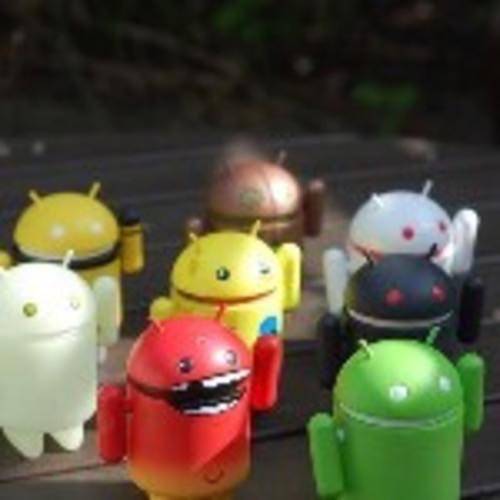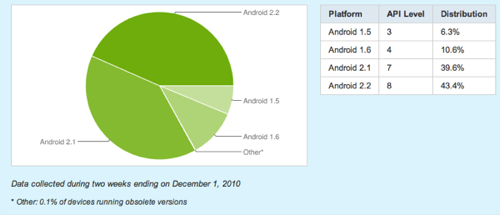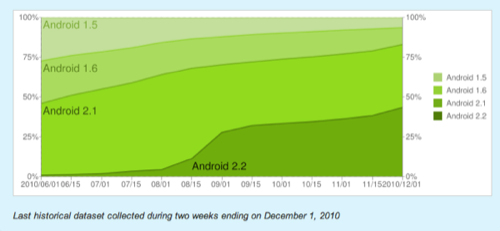There’s been a lot of talk about how the rapid development of Android’s mobile operating system has led to increased fragmentation. With Gingerbread (Android 2.3)’s launch just around the corner, now is a good time to examine the state of Android fragmentation as it stands today.

So, how bad is it out there? And how are developers coping?
Notable Fragmentation Examples
When fragmentation occurs in any platform, issues can arise from the lack of consistency between the different versions. For developers, this can make it difficult to build applications that work properly for all end users. On Android, there have been several high-profile examples of fragmentation recently, the first being when top mobile developer Rovio Mobile, makers of the uber-popular “Angry Birds” game, announced it will have to create a second version of the game for lower-end Android devices due to “severe performance issues.”
In a much-discussed blog post, the company stated the following:
With our latest update, we worked hard to bring Angry Birds to even more Android devices. Despite our efforts, we were unsuccessful in delivering optimal performance.
It then listed a large number of Android devices which would no longer be officially supported, including the G1, Droid Eris, HTC Dream/Hero/Tattoo/Wildfire, Motorola Backflip and many others, while the second version was in development.
More recently, Ngmoco, makers of the “Pocket God” game, ran into similar issues. This added fuel to the fire that is the long-running debate over the dangers of Android fragmentation.
And prior to that, Search Engine Land had reported that even Google’s own apps weren’t available on some Android platforms.
How Is Google Addressing This?
In March, Engadget reported that Google plans on addressing fragmentation concerns by “decoupling many of Android’s standard applications and components from the platform’s core and making them downloadable and updatable through the Market,” the site said. If that strategy was to materialize in full, perhaps with Gingerbread’s release, it could help to address some of the issues. However, developers would still struggle with the rapid advancements in the hardware capabilities of mobile devices when building apps.
How Bad Is It?
So how bad is it out there today? Google publishes its own statistics on the matter from time to time, and those were just updated a few days ago. According to Google, 43.4% of phones run Android 2.2, the current version, and 39.6% run 2.1, the next oldest version.
You can see the details in the charts below:











